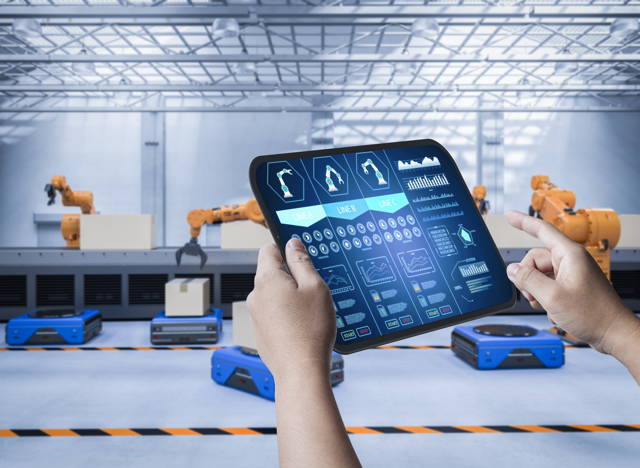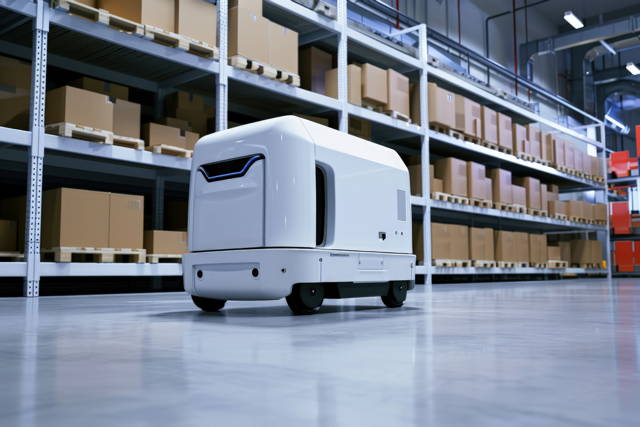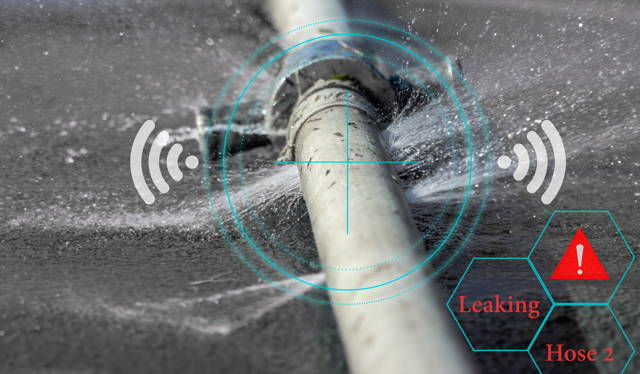What Are Carrier Boards—and Why Should You Care?
Carrier boards rarely steal the spotlight. But if you’re working with embedded systems, they’re the unsung heroes doing the heavy lifting behind the scenes. A carrier board transforms a compute module—like the NVIDIA Jetson—into a fully functional system by providing essential interfaces for real-world applications, such as power regulation, I/O, Ethernet, USB, storage, camera inputs, and serial buses. The module processes; the carrier board connects.
This critical layer turns raw compute power into a deployable product.
What is a Carrier Board?
A carrier board is a hardware platform that integrates a compute module, such as the NVIDIA Jetson, with the necessary interfaces to operate in real-world environments. It provides power management, connectivity options (like USB, Ethernet, and serial ports), and support for peripherals like cameras and sensors. Essentially, it’s the bridge that makes embedded systems functional and field-ready.
What is a Carrier Board Used For?
Carrier boards enable the practical deployment of embedded systems by addressing real-world challenges. They ensure systems can handle diverse environments and operational demands, from power conditioning to peripheral integration. By facilitating connectivity and reliability, carrier boards lay the foundation for advanced applications in IoT, edge AI, and industrial automation.
Enabling Real-World Deployment of Embedded Systems
Embedded and IoT devices often face harsh conditions—vibration, dust, electrical noise, and extreme temperatures. Whether mounted in vehicles, cabinets, poles, or drones, these systems rely on carrier boards to perform reliably. The carrier board manages power conditioning, determines compatible sensors and peripherals, and ensures secure, high-speed data transfer. From form factor to field reliability, the carrier board shapes the system’s success.
The Role of Carrier Boards in Edge AI Workloads
As edge AI workloads—like AI inference, vision analytics, and sensor fusion—grow, compact yet powerful compute platforms are essential. The NVIDIA Jetson family, particularly the Jetson Orin series, delivers high performance in a small footprint. However, a Jetson module alone isn’t enough for deployment. Carrier boards make it field-ready by supporting industrial power supplies, managing heat dissipation, and connecting to sensors, cameras, and networks. The module’s performance shines only when paired with a capable carrier board.
Real-World Use Cases
Carrier boards power a wide range of applications:
In each case, the carrier board’s design impacts connectivity, performance, and long-term maintainability.
Discover how our carrier boards enable real-time emissions monitoring in the oil and gas industry by exploring our FORECR & CleanConnect.ai Success Story.
How to Choose the Right Carrier Board?
Not every project needs a custom carrier board, but every deployment requires one that matches the system’s operational demands. Selecting the right carrier board involves evaluating your environment, constraints, and interface needs. Consider these key factors:
- Form factor: Does it fit your mechanical design or enclosure?
- Power compatibility: Can it handle your input range and power source?
- I/O and expansion: Are the necessary ports (USB, Ethernet, MIPI, GPIO, etc.) available and correctly positioned?
- Software support: Does the board include a reliable BSP and long-term kernel support?
- Thermal management: Is the board designed for proper heat flow and dissipation?
- Ruggedization: Can it withstand vibration, EMI, and temperature swings?
Choosing the right carrier board streamlines integration, while the wrong one can lead to months of workarounds.
5 Questions to Ask Before Buying a Carrier Board
Before you commit, ask yourself—and your supplier—the following. Each of these questions surfaces a potential risk area in deployment. Skipping them early often means fixing problems late.
2. Are all the peripherals needed by the application supported natively?
If critical interfaces —like MIPI cameras, WiFi and 5G modules or other peripherals— aren’t already supported, you’re looking at driver development, additional hardware, or redesign. This adds time and complexity to your integration.
3. Is there room for future scaling or I/O expansion?
Designs evolve. Having a few reserved connectors or expansion options gives you the flexibility to adapt, add sensors, or support downstream features without a full redesign.
4. What’s the expected product lifecycle, and is the board available for the long term?
Carrier boards that disappear after 18 months can derail your production schedule. Confirm the availability window and any EOL plans, especially for industrial and long-lifecycle applications.
5. Are firmware, schematics, and documentation fully available for integration and debugging?
Without access to technical detail, even basic troubleshooting becomes guesswork. Documentation isn’t a nice-to-have—it’s what enables fast integration, debugging, and long-term support.
Why FORECR Builds Carrier Boards for the Field?
At FORECR, we design carrier boards around NVIDIA Jetson modules, tailored for real-world deployment. Our platforms address industrial challenges like space constraints, I/O complexity, and long-term serviceability. Explore our carrier board lineup:
Each platform is grounded in real deployment feedback—from integrators who need reliability, from developers who need flexibility, and from operations teams who can't afford downtime.
With the right carrier board, your embedded system can meet the demands of real-world deployment, turning advanced technology into tangible, reliable solutions.
Interested in learning more?
Here are some tutorials and guides for getting started with Jetson Carrier Boards
Curious how carrier boards apply to real-world projects?
Browse our full collection of carrier boards — supporting Jetson modules. Designed for AI, robotics, industrial automation, and field-deployed embedded systems.








